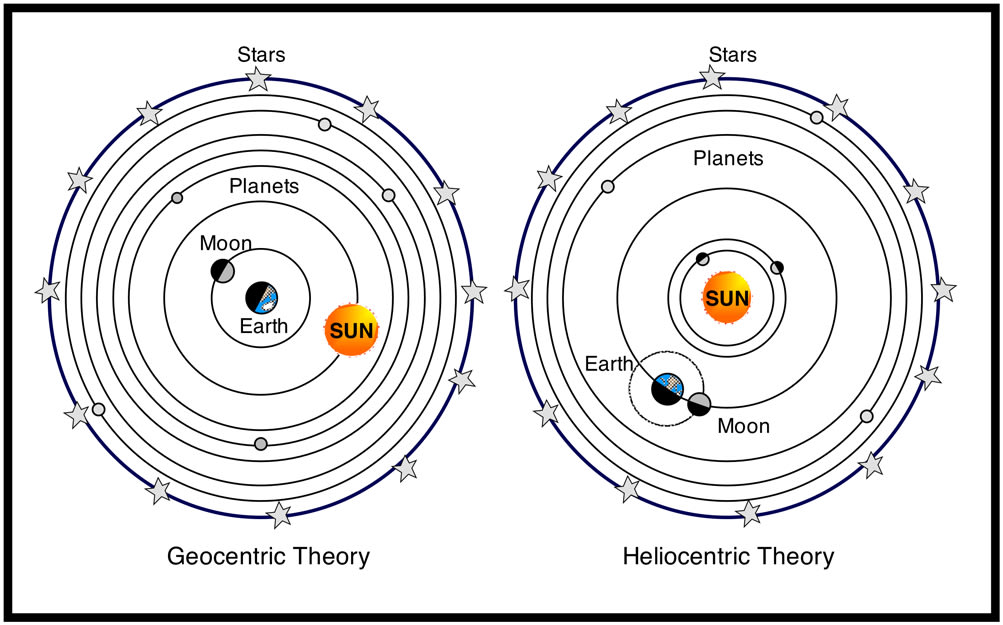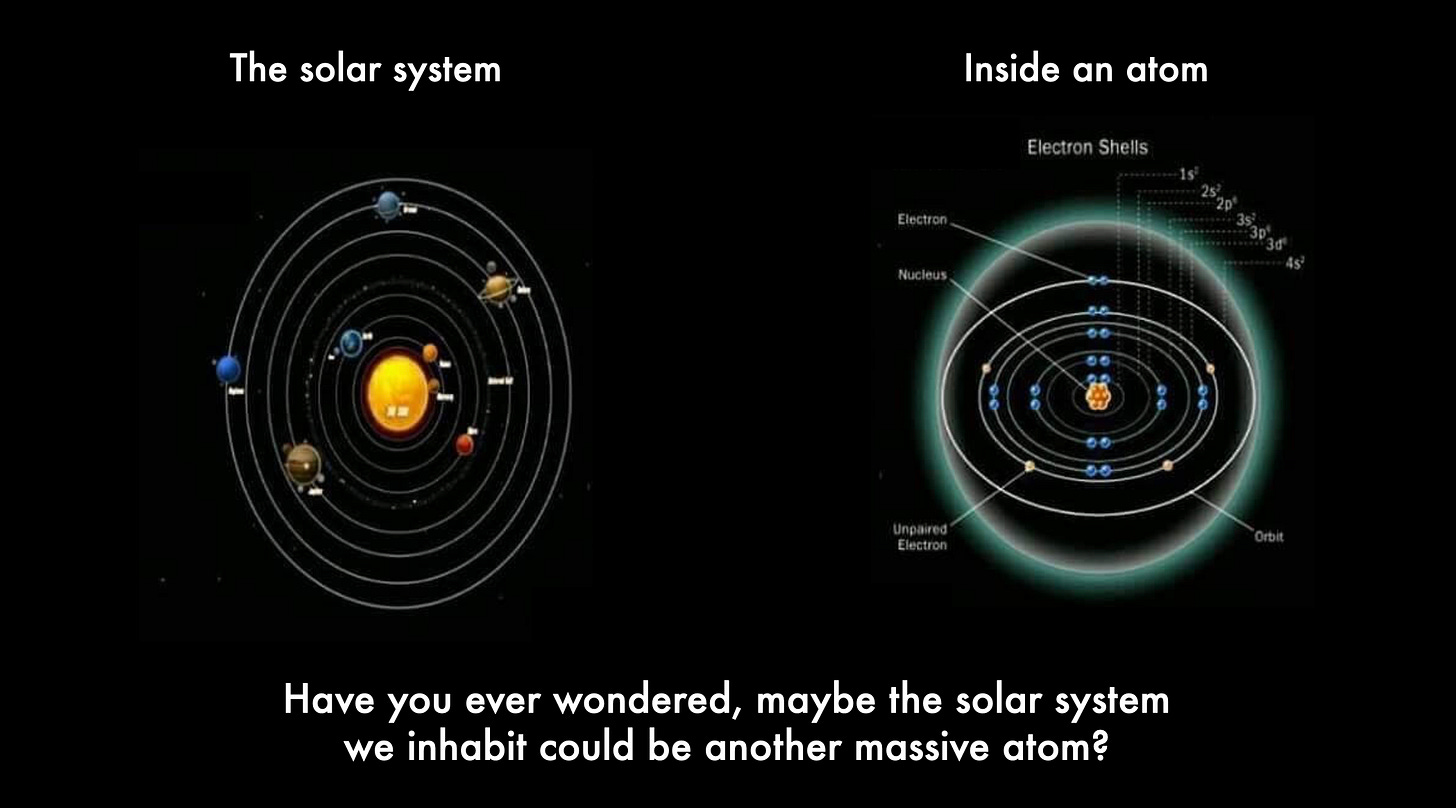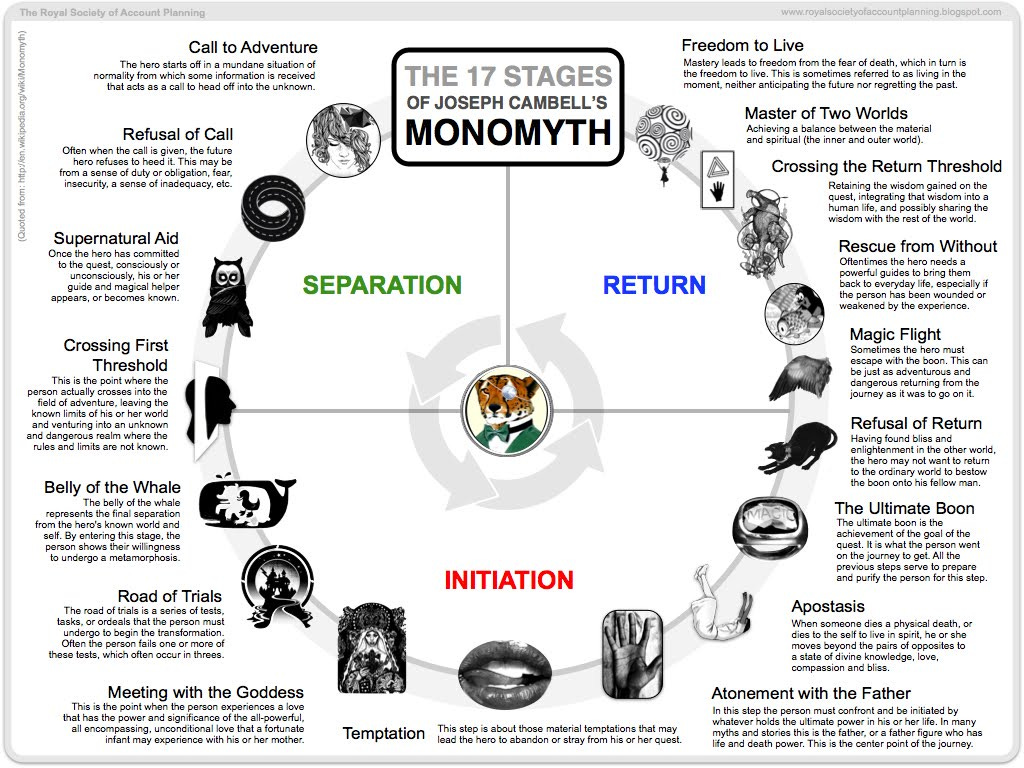the end of spacetime 1.0
and what it means for quantum insurrectionists
You do not rise to the level of your goals. You fall to the level of your systems.
James Clear
i am writing about the ideas and experiences that challenged and ultimately transformed my understanding of ‘reality’ because i believe the version we are programmed to operate in is outdated and counter-productive
outdated and counter-productive, but protected - because the current version underpins a system (and its managers) that requires people to live as if there is no other option
that said, i want to reiterate my purpose. because there is so much woo out there:
challenging the conventional view of spacetime is not a spiritual mission. it comes purely from a decades-long, utilitarian analysis of the current model, motivated by the impulse to engineer critical macro-level (paradigm-shifting) socio-political change at this dangerous moment in our evolution
that motivation drives all of my effort in this domain - equally weighted in both the realms of experiential research and theoretical enquiry - as my will biography attest
by documenting my work and its evolving framework for personal and collective emancipation from what can only be described as a cyber-feudal system, i hope to engage with other people who are as actively dedicated to paradigm-shift level change, but who are still working within the limitations of the consensus model of spacetime
but first we need to establish a common language about our ‘reality’ in terms that explicitly delineate the limitations of the old model (1.0) from the hidden mechanics and radical new leverage points that it offers change-makers in the new (2.0)
the old version of spacetime (1.0)
the language and model of spacetime we are operating with are not only outdated, they’re actually counter-productive. because they have - coded within them - poison pills which implicitly deny the features of spacetime that allow us to alter its trajectory
now, at this point, people typically ask: what are you talking about? we have electoral democracy, we have purchasing power, we have supranational bodies with carte-blanche governance mandates
all true
but none of those mean shit as long as they are being offered within the framework of an outdated model of spacetime 1,0 (aka the Standard Model of Reality). which is, to put it VERY simply:
a passive and inert stage for physical processes to unfold
that is, literally and figuratively, what Science says about spacetime
and in terms of working models, based on all the latest discoveries in the fields of science and consciousness, this is as regressive as the belief that the Earth is the center of the Universe
yah
remember, this isn’t the first time in human history that intelligent, influential people were running the world (knowingly) enforcing outdated models that were eventually deposed
most recently, the Copernican revolution overthrew the geocentric theory of the Universe
that shift didn’t come easy
up until the 17th century, people who challenged the geocentric (earth-centered) model were persecuted and in some cases burned at the stake for arguing that we live in a heliocentric (sun-centered) galaxy
the reason the Church was so violently opposed to the updated model was that it undermined ancient dogma about humanity’s divine purpose and its place in God’s Creation. but more consequentially, it was a direct challenge to religious and social elites whose power depended on the false narrative of Earth’s central position
but revolutionary ideas often ossify into new orthodoxies
and the once-heretical scientific elites are now palace guards for their own ideological Authority
in which their Standard Model of Reality requires us to believe spacetime is a sterile promontory —a passive backdrop for physical processes, lacking any deeper relational dynamics beyond basic cause and effect
this is a key distinction with which we can now expand our description of spacetime 1.0 to:
an
objective
deterministic
“neutral container”
for matter and energy
governed by fixed physical laws,
unresponsive to consciousness or intent
of the agents that inhabit and inter-operate within it
and let’s be super clear: the above description is accurate at a certain level
spacetime 1.0 describes a world that responds to human activity in observable, physical ways. we can impact objects and events within space and time—by starting a forest fire, building a dam, or instigating world war 3
this, however, is where spacetime 1.0 diverges from spacetime 2.0:
these are secondary interactions, limited to physical cause and effect within a mechanistic framework
in spacetime 1.0, the system itself remains inert, acting as a neutral medium for events rather than an agent of interaction. any “exchange” is unidirectional—actions ripple outward mechanically, but spacetime does not process experiences in response to human intent or consciousness to alter the context or meaning of those interactions.
in simpler language:
while gravity, momentum, and material interactions determine outcomes, the system does not adapt, evolve, or shift the experiential layer of reality in response to the agents within it
this is a view that cognitive scientist donald hoffman (seen in the video below) calls a “rookie mistake” in which scientists mistook spacetime for ‘fundamental’ reality instead of an interface—like a desktop on a computer—that our minds use to navigate a deeper, more complex underlying reality:
to his critics, hoffman is speaking speculatively, without providing direct empirical evidence or experimental validation
[if you want to read the status quo case against hoffman, skim the comments in this thread from a video i posted on substack]
but mostly, hoffman is just ignored
to be sure, no tenured scientists are out there trying to reconfigure their working model of the nature of reality around his theory
though they should
just consider two key accepted truths about spacetime that make hoffman’s proposal worth serious investigation
first: quantum mechanics reveals a base layer of ‘reality’ that defies conventional understanding. its behavior is probabilistic, observer-dependent, and governed by principles that challenge the classical notion of an objective, deterministic universe. in fact, it’s fair to question whether this base layer can even be said to “exist” in any commonly understood sense of the term at all
second: when we examine spacetime at the subatomic level, we observe self-similar patterns that echo the structures of the cosmos at galactic scales. while these fractal-like constellations could be dismissed as emergent or coincidental, their mathematical precision and scalar repetition suggest a deeper principle at play. that they are being generated by a self-organizing intelligence
fractals encode complexity through simple rules, hinting at a universal algorithm driving the formation of spacetime’s observable structures. this scale-invariant property aligns more with hoffman’s generative “interface” model than with the Standard Model’s mechanistic view, inviting us to consider spacetime not as a static backdrop but as an active system designed for interaction and comprehension
not to mention the now universal-acknowledgment that those subatomics are being generated from another ‘place’. when evaluated from an evolutionary and, yes, [r]evolutionary perspective, hoffman’s model poses a wayyy more disruptive threat to the status quo than Copernicus ever did
and while it would be reassuring to believe that 21st century thought leaders are more pioneering and less attached to stagnant beliefs about the nature of reality than 17th century theocrats…
the hard reality is that uprooting and retiring the enforcers of the current paradigm will be a much harder campaign than the Copernicans endured
because to evolve our working model will certainly disrupt the basis of power for an entrenched and fearful elite
fearful for good reason because
this… adjustment… will very likely
momentarily
shatter the stability of global Society.
[we’re going to pause for a moment to let that sink in]
the spacetime upgrade (2.0)
if the 1.0 version of spacetime is a passive container for physical processes,
then version 2.0 builds on that, adding a ‘generative’ feature to its fundamental mechanics, defining spacetime as
an active, responsive construct in which:
• objects, events, and even human counterparts are generated*
• in direct response to individual and collective intentions, choices, actions, and readiness (i.e. where agents are in their evolutionary process)
[* i italicized ‘generated’ because the word ‘generative’ is used a lot in this discussion. and it simply means that what we are experiencing as reality isn’t a fixed ‘backdrop’ or immersive environment. it’s being generated moment-to-moment]
however, spacetime 2.0 goes even further than the model presented by hoffman. beyond responsiveness, it introduces a mind-bending additional layer, which is that it also generates narrative constructs as containers for transformation in the same way that a chrysalis enables the transformation of a caterpillar into a butterfly
i know this is a hard thing to even consider
and much of this series will be about demonstrating and attempting to prove this from my own experiential research. but just to give the rational mind something to chew on:
what i am asserting is that highly codified narrative structures like the hero’s journey, which joseph campbell documented as a recurring archetypal pattern found across global myths, legends, and religious stories - and which hollywood screenwriters use religiously to create compelling, watchable films - are not random but an integral feature of spacetime
we’ll come back to this constantly through the series - and my next post will be a specific example of the kind of narrative constructs that can be initiated from the spacetime quest engine
but for our purposes here, we can now define spacetime 2.0 as:
an experiential platform, coded to surface procedural frameworks that engage agents in adaptive narratives—storylines designed to provoke interaction, choice, and transformation
so, once again and just to be as clear as possible: in this model, spacetime does not merely respond to actions and intentions, it is a container for transformation; an intelligent immersive interface that actively weaves narrative scaffolds for growth into its fabric, presenting agents with opportunities for growth, resolution, or evolution through interaction with their environment.
and now we move decisively into gamer territory, with spacetime taking on Role Playing Game (RPG)-like features:
and mirroring the features of a video game quest engine:
spacetime has its own highly calibrated feedback system that responds to each agent’s activity and forks them into new branches and levels of narrative sequences—aka storylines—that either propel them into more difficult, higher-reward sequences or loop them back into recurring patterns until they are ready to up-level
and i can tell you from direct experience:
there are very specific formulations of intention-and-action
that when executed skillfully,
initiate players into higher-order quests
including one that i used to jailbreak the matrix and get access to this information
which is the subject of the next post
[note: of course, every instinct of a rational person will say this is total bullshit or a grift or somebody trying to be a cult leader. which i totally get - but also - i don’t give a shit. i am just going to lean into the crazy with direct accounts of my extreme reality hacking experiments. not to try to convince the materialist-reductionists, but to plant seeds of doubt in the minds of authentically disruptive agents…]
and anyway, that’s not the most insane thing i am going to write
because what’s really important to grasp from this, in terms of insurrectionist utility
is that:
just as in video games, where the processors and code repositories for generating immersive worlds exist outside the game environment itself,
the experiential engine of spacetime operates non-locally, beyond the confines of spacetime itself
thus the locus of power to alter its fabric is located beyond the experiential domain
and we know where that is
it’s just a matter of accessing the source code
and hijacking this apocalyptic disaster simulation once and for all.
read the academic paper on spacetime 2.0:
[… with profound gratitude to my thought partner,
]








Thank you for writing this Stephen, it is revolutionary in the way the most ancient and foundational ideas are. It goes straight to the heart of that nagging feeling that our understanding of the fundamental structures of reality is also fundamentally wrong. Why should we accept a Standard Model of particle physics that can account for only 5% of the mass-energy of the Universe? That's insanity, and yet we delude ourselves that we understand the basic principles governing our reality.
"the experiential engine of spacetime operates non-locally, beyond the confines of spacetime itself" Did somebody need an explanation for quantum entanglement?
Really looking forward to reading the next article.
Mate, this is it. We are made of stories.
I was working on something with an AI engineer friend of mine a few years ago called Narrative Calculus, which is now what he calls The Hyperobject, trying to put a shape around all this, very rhymey
Also one of the highest leverage points in systems theory is belief (this is my route for catalysing change), as those who tell the stories rule society
If you were to write a Saving the World Strategy Guide, what would you put in it?